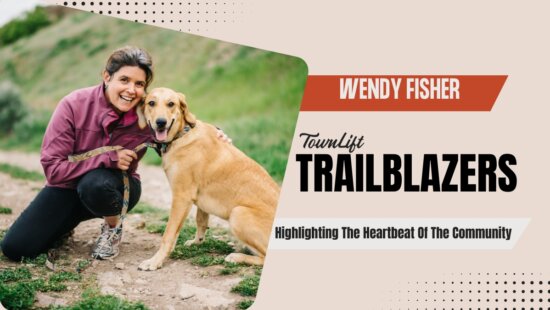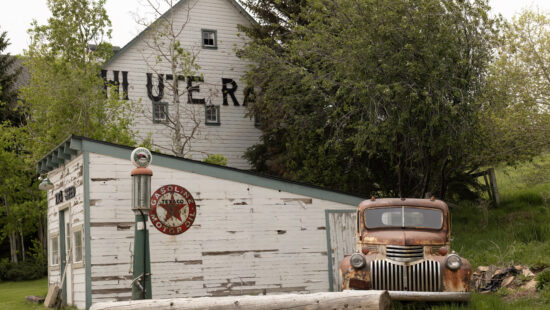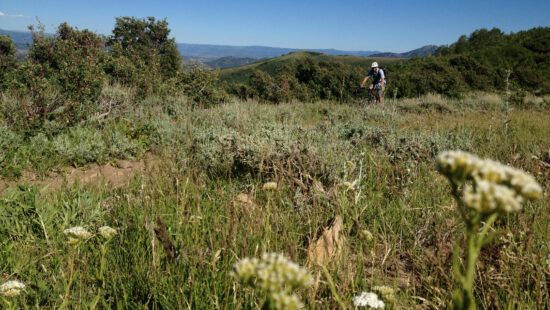Environment
Hi Ute Ranch conservation effort combines protection and regenerative grazing
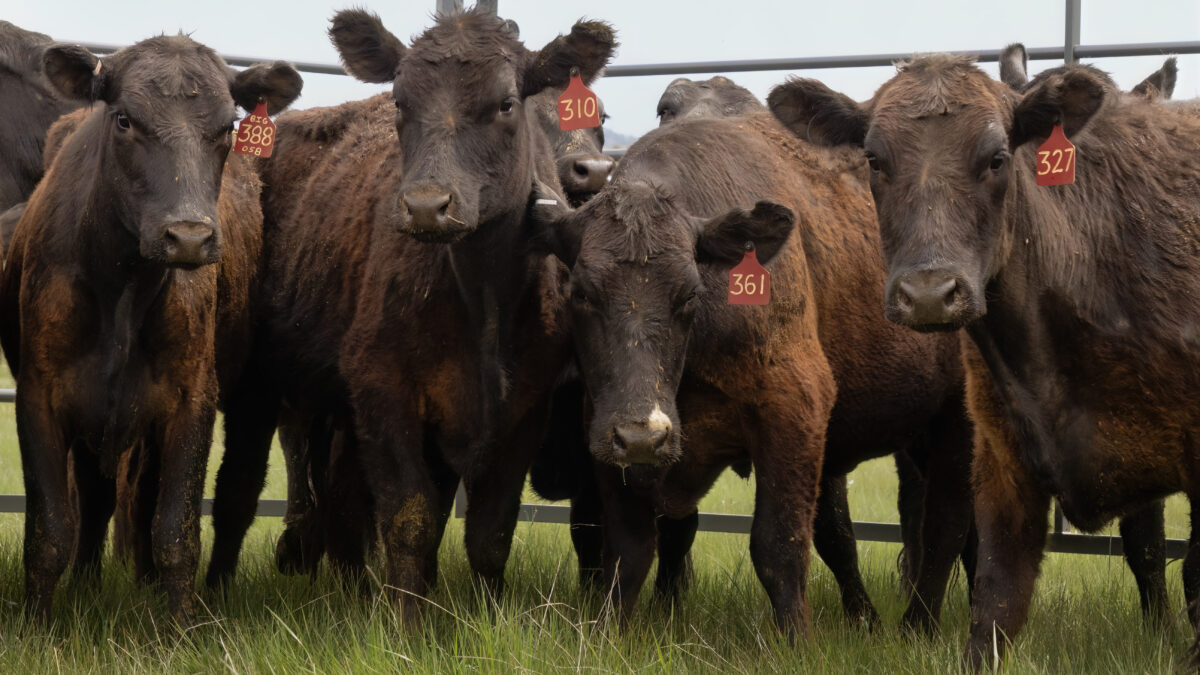
Cattle from 3 Springs Land and Livestock arrive at Hi Ute Ranch as part of a new regenerative grazing initiative led by Utah Open Lands to restore soil health and support wildlife habitat. Photo: Jim Schuler
PARK CITY, Utah — In a collaborative effort to restore soil health, improve wildlife habitat, and manage invasive species, Utah Open Lands and 3 Springs Land and Livestock have launched a regenerative grazing initiative on the historic Hi Ute Ranch.
Hi Ute Ranch, located along the I-80 corridor, is one of the region’s most iconic open spaces. Protected through a conservation easement in partnership with Summit County and the landowning family, the land was among the first projects partially funded by the Snyderville Basin Special Recreation Open Space bond.
The new regenerative effort marks a significant evolution in conservation strategy, combining modern ecological science with historic land-use practices once shaped by roaming bison. Through a lease agreement and a conservation easement, the partnership will implement and document land stewardship methods to restore the ecosystem while maintaining working agricultural lands.
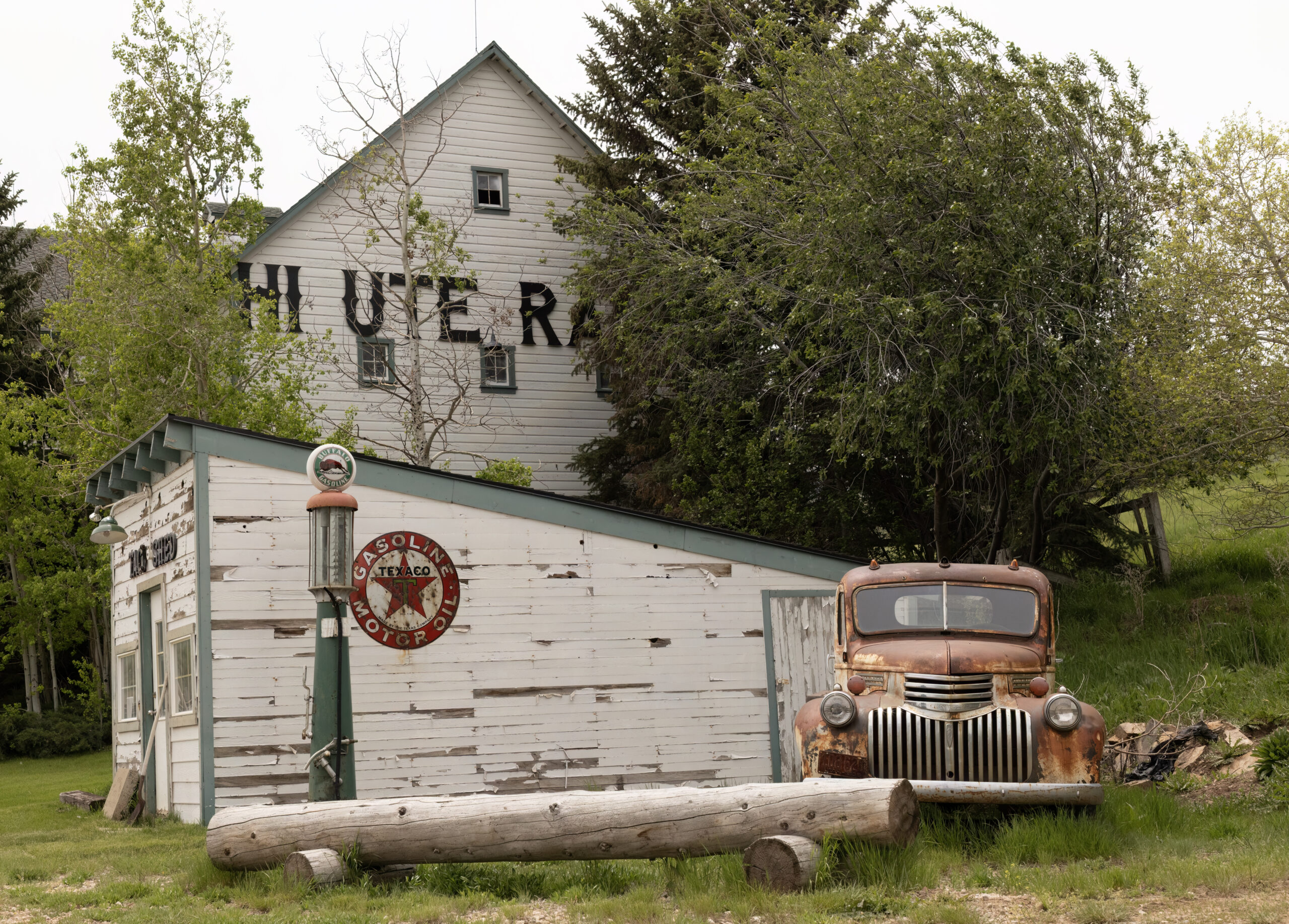
“This is not the diversity or stem count we would want to see with a healthy soil base,” said McKinley Smoot, a partner at 3 Springs Land and Livestock and a Savory Institute-accredited land manager. “If you think back to the days bison roamed this range, they would have aerated the soil, grazed for approximately three days, and moved on. Mimicking that behavior is what we hope to achieve.”
The initiative includes intensive monitoring, ranging from soil samples and moisture content to carbon storage, vegetative transects, and wildlife camera data. The goal is to measure and validate outcomes over time.
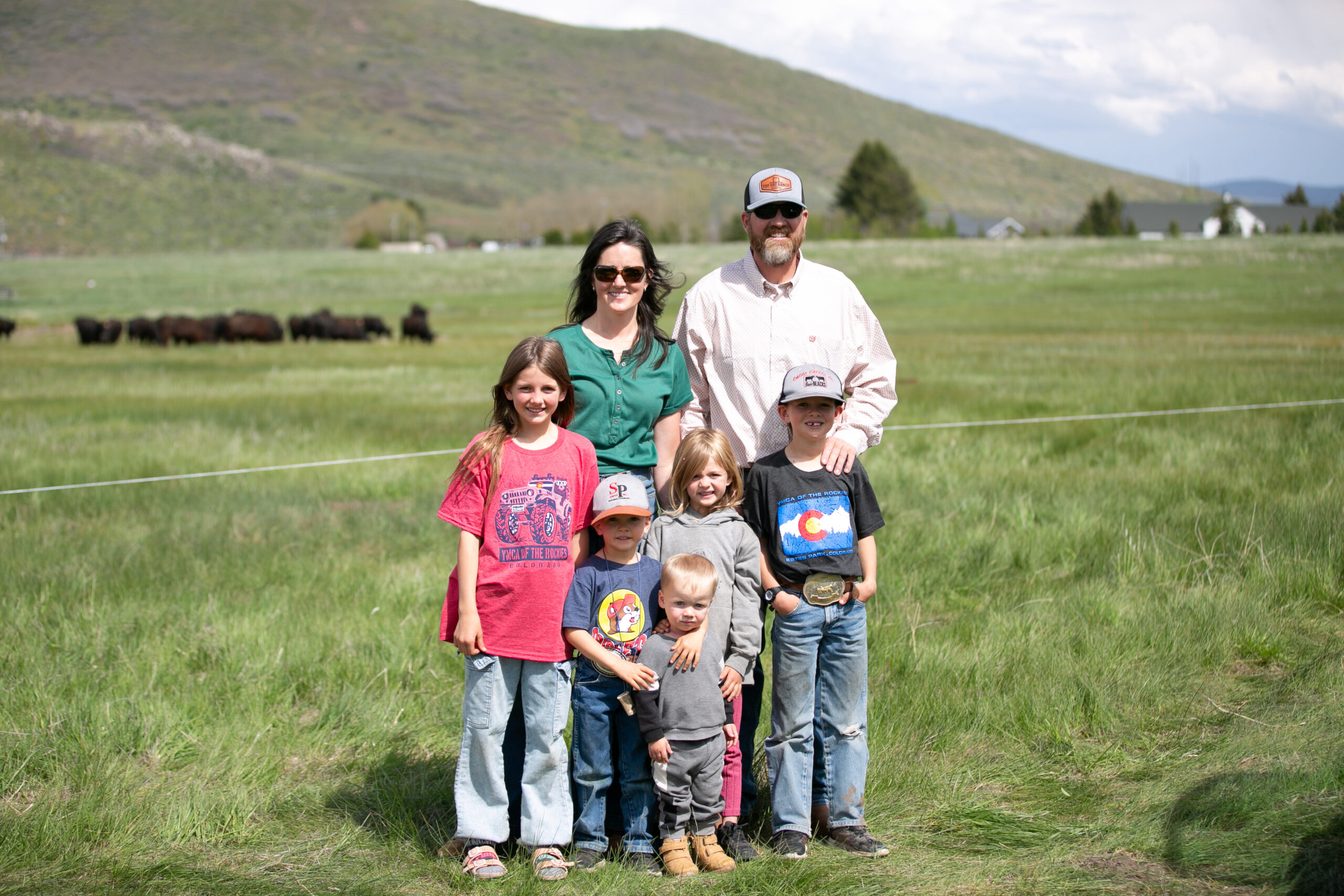
“We have decades of data from our monitoring of Hi Ute, from breeding bird surveys to game trail cameras,” said Emily Ingram, conservation director for Utah Open Lands. “Our goal is to improve habitat, eliminate invasive species, and increase the available forage for wildlife that clearly call this land home.”
Invasive species management is a core component of the effort. Before cattle were introduced, Utah Open Lands staff removed over 700 pounds of myrtle spurge by hand—an aggressive, toxic plant known to outcompete native flora.
“By using cattle and a little molasses, we can significantly reduce—and possibly even eliminate—the need for herbicides,” said Maryssa Fenwick, land protection manager for Utah Open Lands.
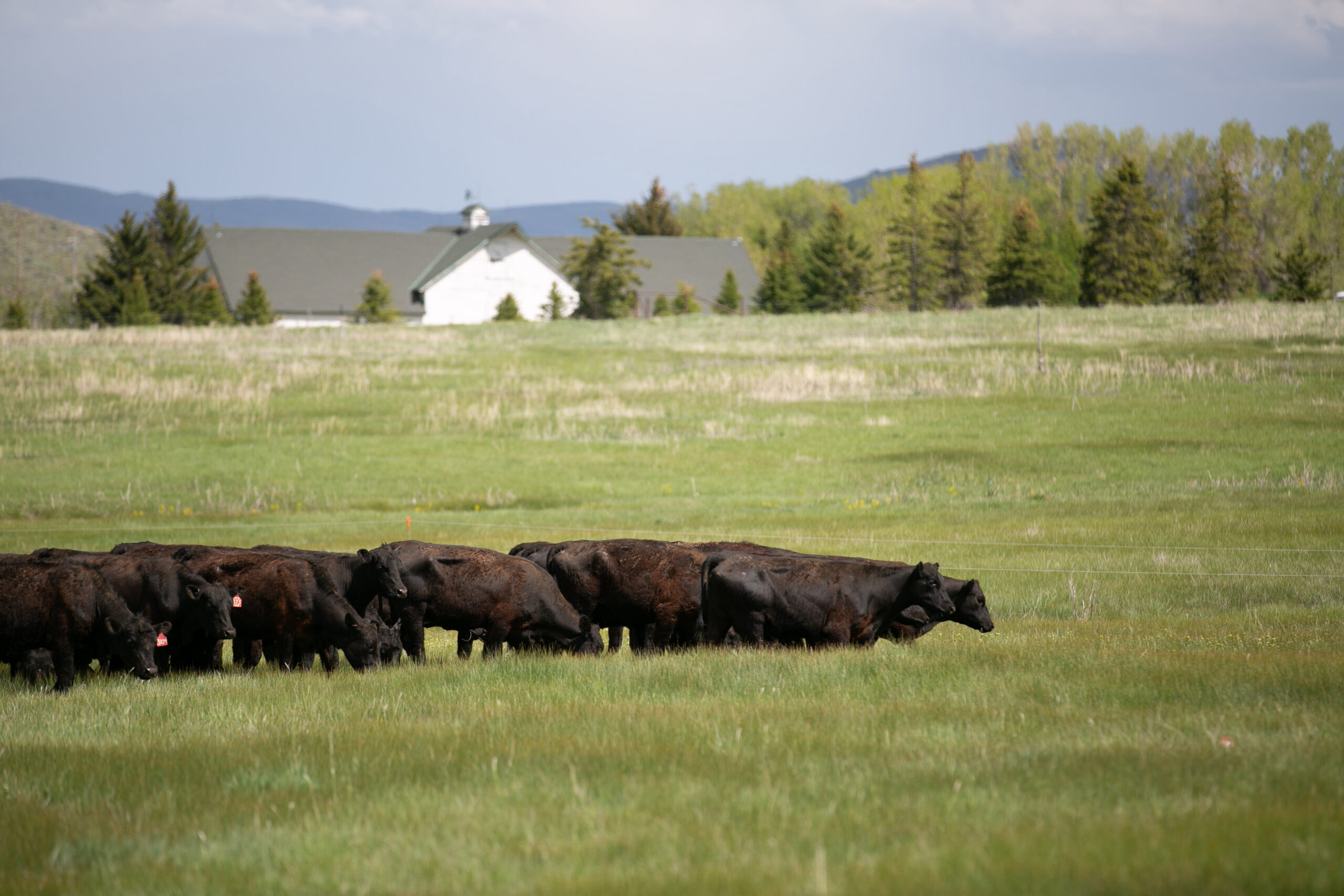
“This was only possible because of the private funding brought to the table by Utah Open Lands and the generosity of the landowning family,” said Wendy Fisher, executive director of Utah Open Lands.
The partnership’s regenerative approach underscores a broader vision of stewardship and education. Utah Open Lands and 3 Springs are working to ensure the land not only recovers, but thrives as a place of public benefit. The ranch’s new 344-acre donation to Utah Open Lands at the end of 2024 will soon make way for construction of the Mid-Mountain Connector Trail, beginning July 1. The Snyderville Basin Special Recreation District has secured a contractor, and Utah Open Lands has committed $35,000 toward the project.
“Hi Ute Ranch will be a landscape that teaches—where soil, wildlife and water cycles become the curriculum,” Fenwick said. “In any other story, this land might have become ski lifts or rooftops. But because it was protected, it can now serve as a place of learning, resilience and restoration.”
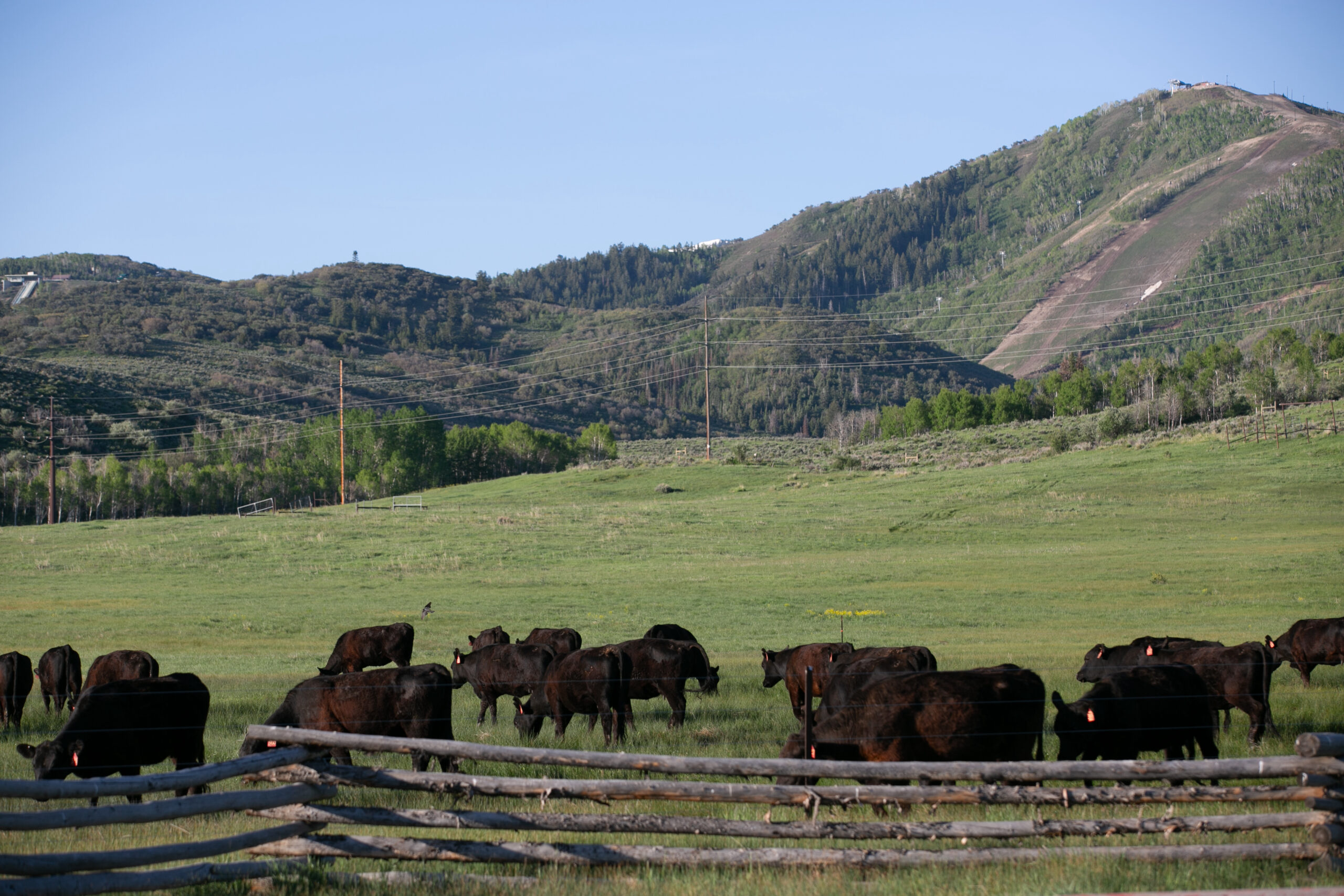
Future plans include development of a stewardship center in the existing barn and expanded trail access connecting the property to broader public trail systems near Ecker Hill.
“We’re here because of Utah Open Lands,” said Mitch Dumke of 3 Springs Land and Livestock. “They protected this land—and then brought us in with a vision of using holistic management and regenerative practices to increase wildlife, biodiversity, the water holding capacity of the land, and storage of carbon.”
As the work continues, the project stands as a model for conservation that not only preserves land but restores its ecological function—while inviting the public to experience and participate in its protection.
















